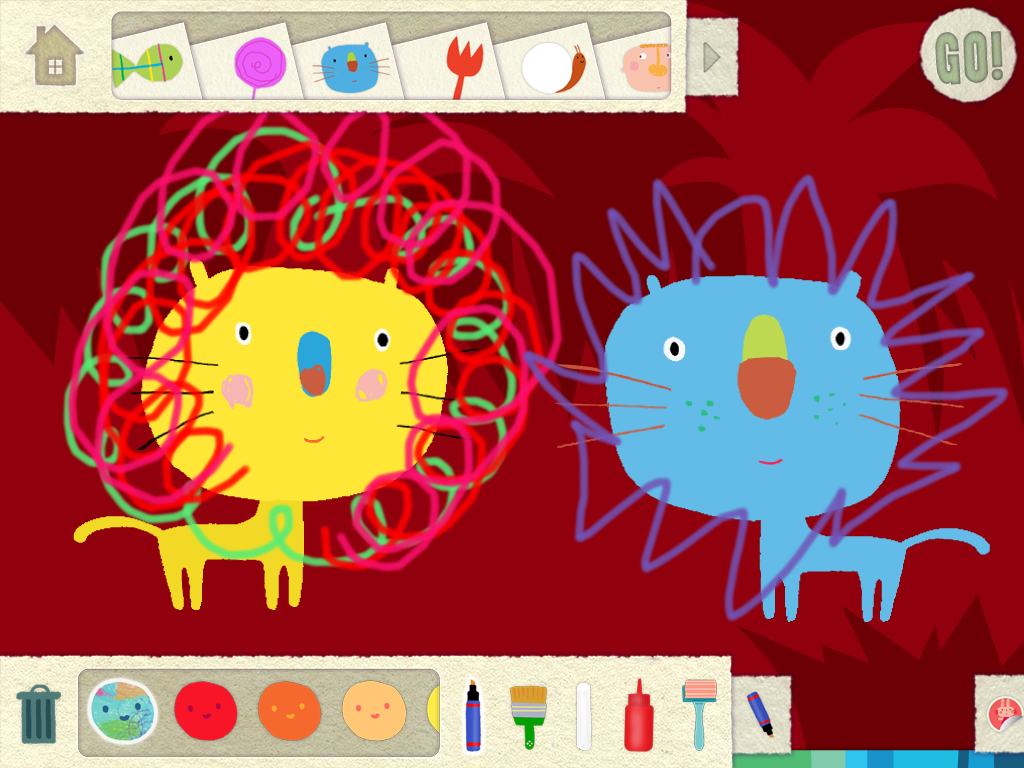Please don't judge. I don’t enjoy reality television, but I do enjoy reading research related to my field. Drama is draining, I avoid it as much as possible. Research, on the other hand, is filled with facts, no drama. My magazine holder is filled with journals and that makes me happy!
As much as I enjoy reading research, I don't enjoy doing research myself. When I completed my thesis, the literature review was my favorite part of the process. I savored my time in the library, immersed in the work of others. Less enjoyable was the process of completing my own study, crunching the numbers and interpreting the results. The amount of work needed to complete my small, rather inconsequential study, was staggering. Completing the process increased my appreciation and respect for those who complete well designed studies on much larger scales. To all of the researchers out there, thank you for all of your hard work.
As much as I enjoy reading research, I don't enjoy doing research myself. When I completed my thesis, the literature review was my favorite part of the process. I savored my time in the library, immersed in the work of others. Less enjoyable was the process of completing my own study, crunching the numbers and interpreting the results. The amount of work needed to complete my small, rather inconsequential study, was staggering. Completing the process increased my appreciation and respect for those who complete well designed studies on much larger scales. To all of the researchers out there, thank you for all of your hard work.
I view reading research as a professional responsibility, it is a practice that supports intentional, effective teaching. It is my responsibility to use effective, evidence based practices when working with families and children. Because I work in the field of early intervention, there is an inherent sense of urgency. I know that the early experiences I am promoting and providing make a significant impact during this small window of development. I want to work with families and teams to choose interventions that will significantly change the developmental trajectory of a child. Reading research helps me stay relevant and be confident in my choices. It helps me decide what I need to keep doing, start doing and stop doing. I know that if my teaching looks the same as it did 20 years ago, I am not being as effective as I could be. Of course, there are practices from 20 years ago that still have plenty of evidence supporting effectiveness, but I also need to identify those stale practices that are not research based. This can be a daunting task, it is easy to drift from implementing a new practice back to the ineffective practice. Knowing what works and putting it into practice are two very different things. That is why my latest reading subject has been implementation science. Again, don't judge!
It is much easier to stay current than it used to be. Two things helped me amp up my research mojo, I joined DEC and I followed more researched based organizations and institutions on Twitter. Now that I am a DEC member, research journals are delivered to my door and I can access the archives. Researchers and policy organizations are a part of my healthy, balanced, personal learning network (PLN). Here is a link to my Twitter list of research and policy related organizations. Here is a link to the CEC/DEC membership page.
It is much easier to stay current than it used to be. Two things helped me amp up my research mojo, I joined DEC and I followed more researched based organizations and institutions on Twitter. Now that I am a DEC member, research journals are delivered to my door and I can access the archives. Researchers and policy organizations are a part of my healthy, balanced, personal learning network (PLN). Here is a link to my Twitter list of research and policy related organizations. Here is a link to the CEC/DEC membership page.
Now back to reality television. Maybe I would like a reality show about researchers and peer review boards?











